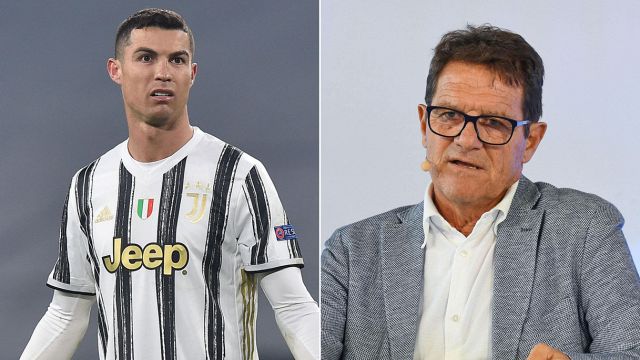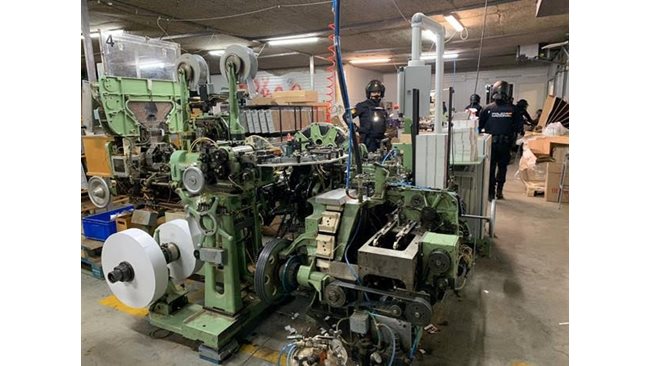March 11, 2021
06:16
–
Radiologists at UZ Gent were the first to succeed in making accurate 3D-CT images without harmful X-rays. “This is a game changer.”
–
Precise imaging is very important to properly treat a bone injury. MRI scans work with harmless radio waves, but are especially suitable for soft tissues and not for bone structures such as the back or hips. A CT scan is better for that, but it uses harmful X-rays.
–
Thanks to a three-year collaboration between radiologists from UZ Gent and the Dutch software company MRIguidance, there is a groundbreaking alternative that made it to the cover of the world’s leading professional journal Radiology.
–
‘Thanks to the Dutch software, we can use artificial intelligence to convert MRI images of bones into accurate CT images in 3D in an hour and a half,’ explains Lennart Jans, professor of radiology at UZ Gent, who scores an international first.
–
You can image bone structures and soft tissues at the same time with one scan. Normally you need a CT and an MRI scan for this.
–
‘It is sufficient to scan patients four minutes longer after the standard MRI. The big advantage of this new technology is that you no longer need a traditional CT scan and that harmful radiation is excluded. ‘
–
Radiation sensitive
Every year, patients in Belgium undergo more than 2 million CT scans, which use X-rays and increase the risk of cancer. Jans: ‘That is why we do not routinely perform them for bone injuries. Certainly not with young patients, because they are more sensitive to radiation. ‘
–
‘The result is that we miss important information for a good diagnosis and correct treatment. This new technique transcends the drawbacks of the existing scans and is a game changer. ‘
–
The technique has been tested in recent months at UZ Gent in patients with inflammatory rheumatism of the sacrum joints (the connection between the back and the legs), known as Bechterew’s disease.
–
No difference
These are often young patients for whom rapid detection is important in order to avoid serious structural injuries later on. The results of the classic and artificial CT scan were compared and were found to be equally good. ‘When I show the two scans internally, specialists don’t see any difference,’ says Jans.
–
The new technology has been used at UZ Gent since December for imaging the back, sacrum joints and hips. ‘You can image bone structures and soft tissues at the same time with one scan.’
–
Surgeons can now save time in their surgery planning and patients only have to come to the hospital once. This is also a saving for health insurance. Within a few years this technology will become the standard. ‘
–
–


